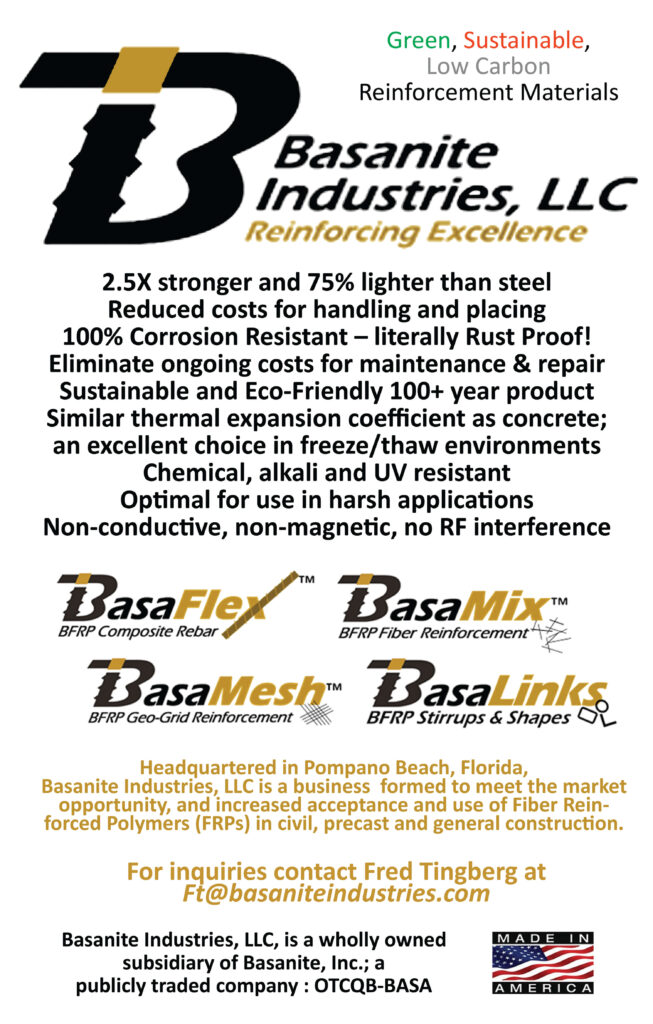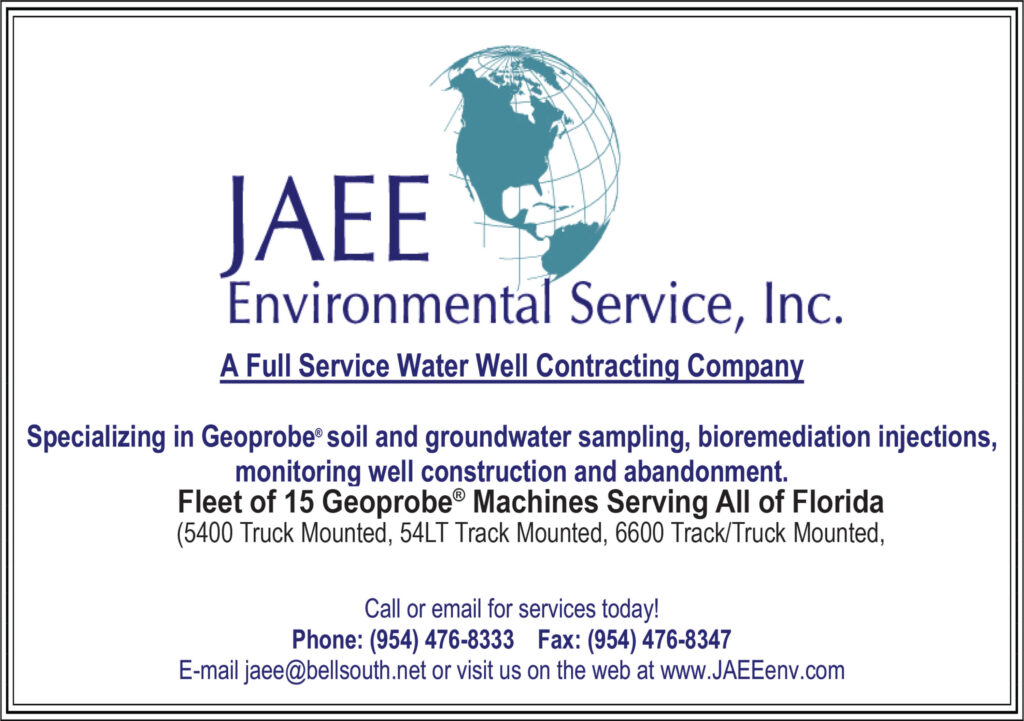
By DAVID TOMASKO, Ph.D,
Executive Director,
Sarasota Bay Estuary Program
Hurricane Ian had a devastating impact on Southwest Florida.
It was the fourth deadliest hurricane to hit our state, but easily the deadliest Florida storm over the past half a century.
Damage is estimated to be in the multiple tens of billions of dollars.
The polluted stormwater runoff accompanying Ian’s landfall seems to have brought about a spike in bacterial infections and subsequent deaths in areas impacted by contaminated floodwaters.
As we said ‘goodbye’ to 2022, there were at least 70 confirmed cases of Vibrio vulnificus in Florida, with at least 14 fatalities.
Not all these cases were due to people going into storm-damaged waters after Ian’s landfall, but the 28 cases in Lee County in 2022 is almost as high as the state as a whole each of the prior two years.
Knowing that the possibility of elevated levels of bacteria would be present in our waters, Sarasota Bay Estuary Program (SBEP) staff teamed up with colleagues from Charlotte County, Southwest Florida Water Management District, University of Florida, Florida Department of Environmental Protection, Florida Fish and Wildlife Conservation Commission and Environmental Science Associates to design and implement a water quality monitoring program to document the impact of Hurricane Ian on water quality from Sarasota south to Sanibel Island, as well as up into the Peace and Myakka River watersheds. Sampling efforts were underway less than a week after Ian made landfall.
One of the main reasons we collected such data was to be able to answer the linked questions of “Is it safe to go in the water?”, and “If not, when will it be safe to go in the water?” Our supplemental sampling effort was focused on the lower part of Sarasota Bay, where the impacts of the storm were strongest. Samples were collected at each of three stations selected in each of three bay segments. These bay segments are Blackburn Bay, Little Sarasota Bay, and Roberts Bay, which stretch along the coast from Venice Inlet north to the City of Sarasota. Samples were collected approximately one, two and four weeks after landfall (which occurred September 28, 2022). The fecal indicator bacteria for Class III-Marine waters is for bacteria within the genus Enterococci, and the relevant regulatory criteria is 130 counts per 100 ml. Results (n=3) for each date and bay segment are shown below.

The red line represents the value of 130 counts per 100 ml for the fecal indicator bacteria genus Enterococci. As can be seen, elevated levels of bacteria were found in Blackburn Bay (the southernmost bay segment) two weeks after Ian came through. After four weeks, bacteria were at safe levels across all three bay segments.
A major component of managing Sarasota Bay is the need to reduce the amount of algae in our bay.
Floating microscopic algae can give the water a greenish tint, reduce water clarity, and result in the retreat of seagrass meadows to shallower depths (due to light limitation).
If those depths are too shallow, then the seagrass meadows can be impacted on their landward side by exposure to the air during low tides, or displacement from waves that break in shallow waters.
The graph above shows how the algae content varied in Sarasota Bay after Ian’s landfall.

In this graph, the average amount of “algae” in the water is represented by the photosynthetic pigment chlorophyll-a. The red line represents the management target for our lower bay. These results show that we had elevated levels of algae in our bay waters for two weeks, but values had declined substantially between two and four weeks after landfall.
The excessively high levels of algae found after Ian’s landfall are likely due to preliminary estimates of a huge load of nitrogen into our bay waters, illustrated in the graph below.
The relationship between nitrogen and algae in this graph is exponential, not linear. Which means that as total nitrogen increases from 0.6 to 1.2 mg per liter (for example) the amount of algae doesn’t simply double, it increases about four-fold. The nitrogen content in Sarasota Bay after Ian’s landfall was much higher than prior conditions, due likely to excessively high rainfall and runoff, combined with problems with our wastewater infrastructure.

The good news in all this is that our water quality appears to be recovering, as levels of bacteria and algae are lower now than they were in the first weeks after the storm. The bad news is that Sarasota Bay — at least the lower bay — had really bad water quality (high bacteria, high nutrients, high algae levels, low oxygen levels) for more than two weeks.
The link to resource management implications is that the more we do to reduce our stormwater impacts, reduce our wastewater-related nitrogen and bacteria loads, and the more we increase our bay’s assimilative capacity (more clams, more oysters, and more mangroves along our shoreline) the more resilient we will be. Healthier bays are more resilient to the impacts of both hurricanes and red tides.
Will we create a more resilient Sarasota Bay? That’s the SBEP’s goal, and that’s what our neighbors expect us to bring about. Failure is not an option!
For more information, email David Tomasko at dave@sarasotabay.org or go to www.sarasotabay.org.








































